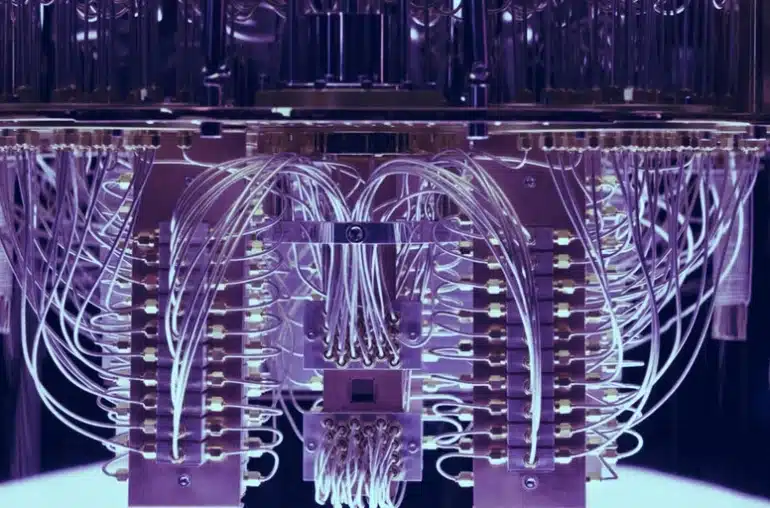BNB Chain, formerly known as Binance Smart Chain, has recently reported experiencing significant network congestion. The surge in demand means that every new block is filled to capacity, causing potential delays in processing and confirming transactions.
The bottleneck on BNB Chain is typically a common occurrence when network activity is high. The block explorer for BNB Chain, BscScan, is currently slightly behind in real-time activity. As a result, the blockchain ecosystem advises users to use an alternative explorer, bsctrace.com, for a more accurate and up-to-date view of the network’s status.
Although this kind of congestion is not unusual during peak usage, the current bottleneck raises questions about possible underlying causes. The surge in network demand could indicate high-volume trading, NFT drops, or even the launch of new DeFi protocols. Rapid market movements often cause increased transaction volumes as users reposition their assets.
BNB Chain, as a community-driven blockchain ecosystem that includes both Layer-1 and Layer-2 scaling solutions, faces the complex task of balancing decentralization with scalability. The current network load highlights the technical challenges inherent in accommodating rapid growth and high-volume trading, without compromising network security or decentralization. For DeFi platforms built on the BNB Chain, congestion can potentially affect user experience, reduce efficiency, and even push users to seek alternative networks.
However, it’s not all gloom and doom. The congestion itself can be viewed as an indication of strong network activity. High transaction volumes suggest increased adoption of dApps, DeFi protocols, and even NFT platforms on Binance.
Some may argue that such bottlenecks could actually spark innovation. The issues currently facing the blockchain may encourage developers to consider implementing Layer-2 solutions, sidechains, or upgrades that enhance scalability, such as sharding or protocol optimizations. This has been the case for other major blockchains like Ethereum, which have experienced similar challenges before upgrading their networks. As such, BNB Chain’s current “traffic jam” could potentially lead to significant technical improvements, thereby strengthening its long-term prospects.
That being said, it’s also possible that today’s network surge is a standard occurrence without any deeper implications. All blockchains experience such congestion at some point in their lifecycle.
In conclusion, while network congestion on BNB Chain is a cause for concern in the short term, it can also be seen as a potential catalyst for innovation and growth in the long run. As always, the key will be in how the blockchain ecosystem responds to these challenges and adapts to meet the ever-evolving needs of its users.
![]()



